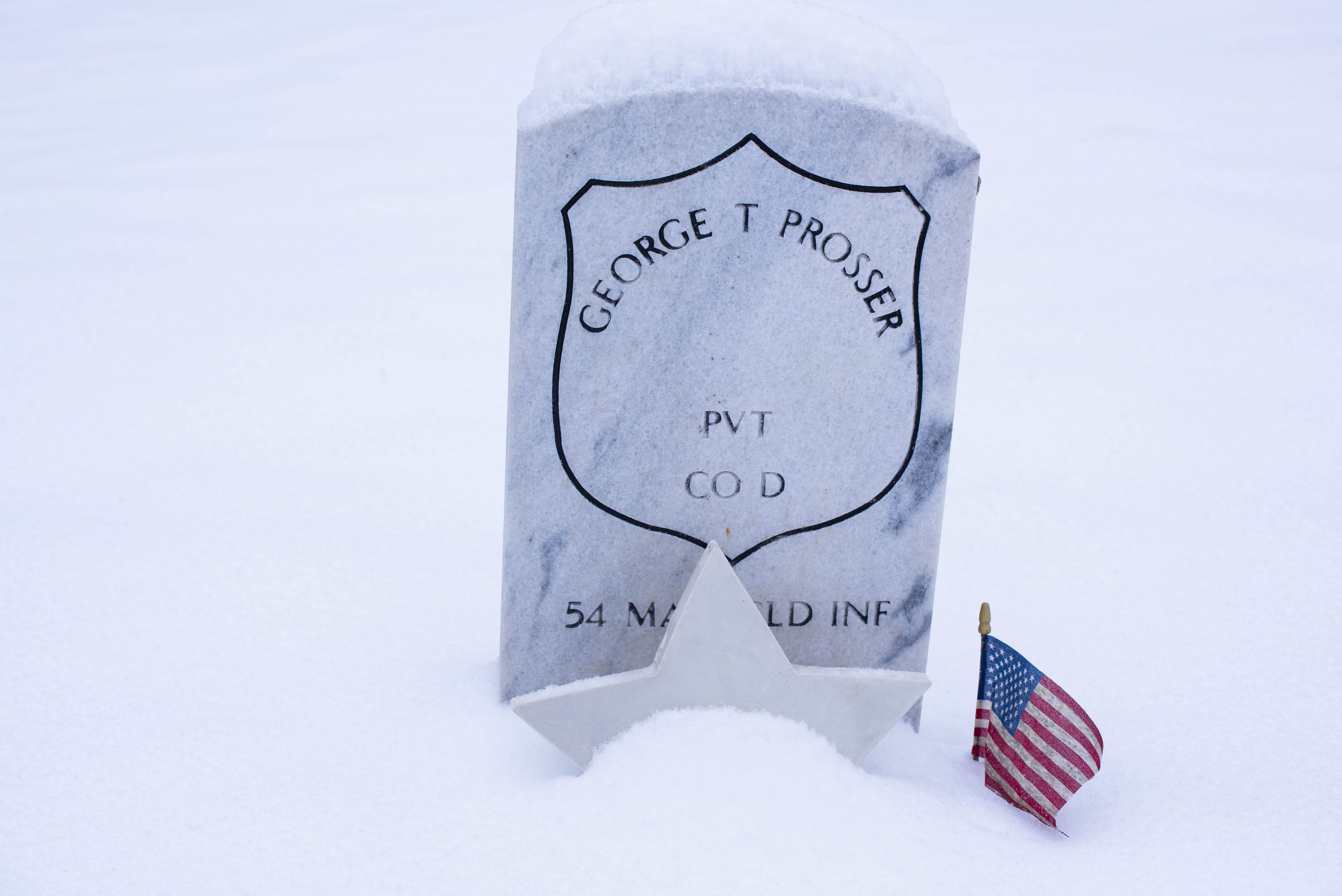40th Parallel

Columbia, Pennsylvania, is a gritty river industrial town that dates back to the mid 18th-Century and straddles the 40th Parallel – a small stone marker marks that designation right along the Susquehanna River in Lancaster County. What makes the town historically significant is that it was a destination stop along the Underground Railroad for runaway slaves fleeing chattel bondage. Located some 25 miles north of the Mason-Dixon Line, Columbia offered ample river crossings and marshy river edges which were perfect hiding places for aggressively hunted fugitives. Families eager to help slaves elude authorities who were bent on their recapture and return to their owners, provided food and clothing needed for the journey to Philadelphia and other points north. Many times the ultimate destination on the sojourn north for African-Americans was the safe haven of Canada.
Columbia is also home to a humble cemetery (Zion Hill) where numerous African-Americans are buried including 18 who served in various regiments in the Civil War. Many others at rest there also spent their lives helping slaves on their myriad northern treks to freedom.
One Columbian war veteran buried there is George Prosser who enlisted in Company D, 54th Massachusetts, USCT, in March 1863. A few months later in July, the private fought gallantly during the doomed Union assault on Fort Wagner near Charleston, South Carolina. He was captured during a skirmish on February 20, 1864, and was sent off to toil at Andersonsville prisoner camp in central Georgia where he spent the last year of the war until liberated by Union forces in the spring of 1865.

There are so many of these brave little communities on the border between the free and slave states that had valiant workers helpingg enslaved people escape to the North. I hesitate to say to freedom because while life in the North was certainly better than slavery, it wasn’t a paradise by any means. Thanks for the post.
George T. Prosser’s stone in Columbia, PA is a memorial marker, as that is his hometown. He is buried in Lexington, Kentucky’s African American Cemetery #2. His service records state that he was captured at Battery Wagner. His life story is fascinating. I shared a post about him about six months ago. https://randomthoughtsonhistory.blogspot.com/2020/07/pvt-george-thomas-prosser-54th.html